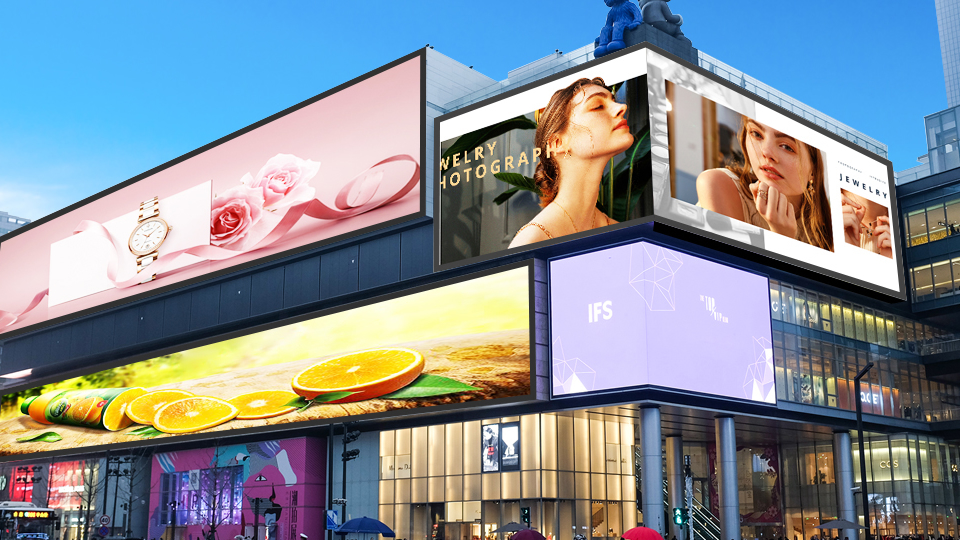Installing indoor led displays might seem straightforward at first, but even experienced installers occasionally run into problems that can impact the final result. From visual inconsistencies to structural misalignment, here are some of the most common issues that occur during installation—and how to avoid them.

1. Uneven Mounting Surfaces
One of the biggest challenges comes from walls or structures that are not perfectly flat. indoor LED panels require precise alignment. If the mounting surface is even slightly uneven, the entire screen might appear wavy or misaligned. The result? Visible gaps or bulging between panels that are hard to ignore. Before installation begins, always check the wall's flatness and use a laser level or adjustment brackets to correct deviations.
2. Poor Cable Management
When cables are not neatly organized during installation, it can lead to several problems down the line—especially in rental or event environments where the screens are moved often. Messy wiring not only looks unprofessional but can also cause signal interference or accidental disconnections. A clean, labeled, and secure cable setup is key to long-term performance.
3. Inadequate Ventilation
Indoor LED Displays generate heat. If the installation area lacks proper ventilation or if the screen is installed too close to the wall, heat can build up quickly. Over time, this can reduce the lifespan of the LED modules or cause brightness inconsistencies. Always leave enough space behind the display and ensure that the room's airflow can handle the display's heat output.
4. Incorrect pixel pitch Selection
Another common mistake is choosing the wrong pixel pitch for the viewing distance. For example, a display in a small meeting room with a pixel pitch of 5mm will look grainy up close. On the other hand, using a tighter pixel pitch in a large hall might be unnecessary and more expensive than needed. Always match the pixel pitch to the actual viewing environment.
5. Skipping Calibration and Testing
After installation, some projects skip over final calibration steps, thinking the factory settings are “good enough.” But even the best led displays need fine-tuning on-site. Color calibration, brightness adjustment, and checking for dead pixels or flickering modules are essential before handing over the project to the client.
A successful LED display installation isn't just about hanging panels on a wall—it's about precision, preparation, and attention to detail. By being aware of these common issues ahead of time, you'll avoid headaches, reduce callbacks, and deliver a seamless visual experience that meets client expectations.

